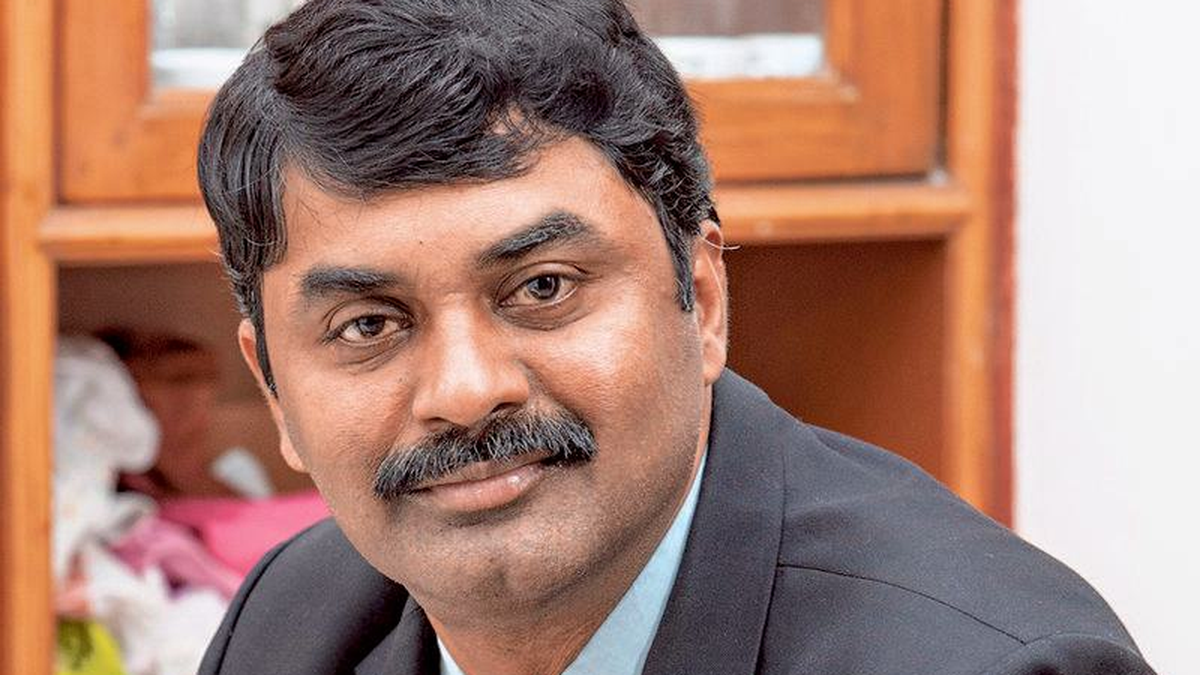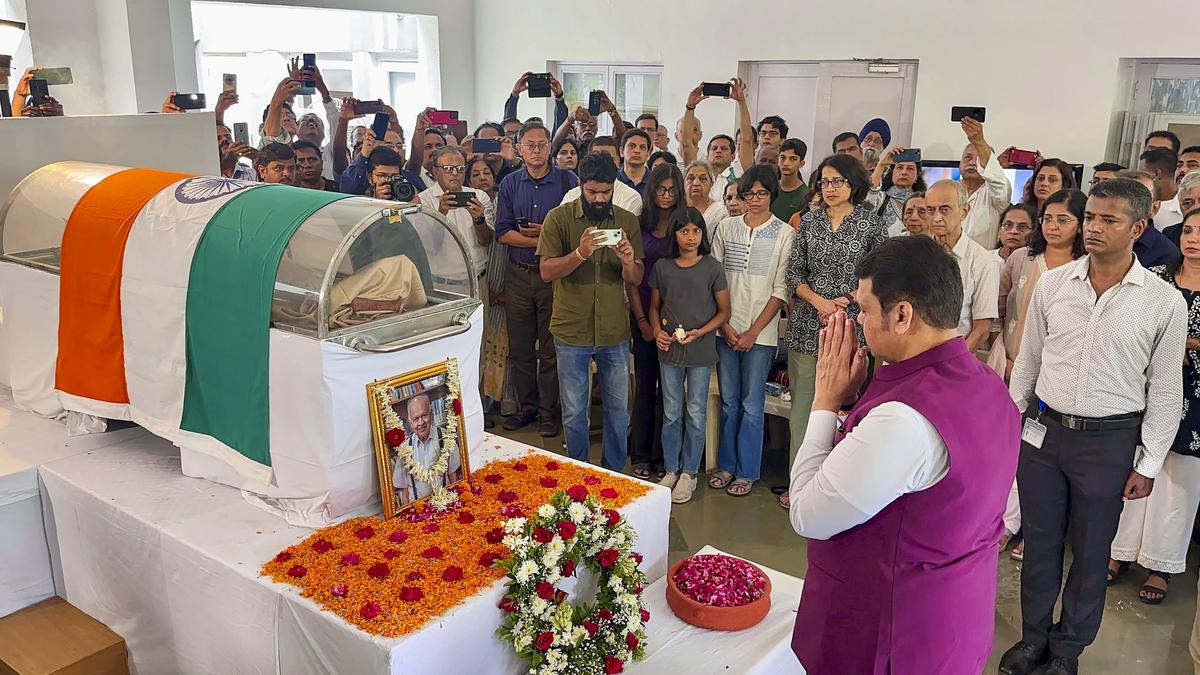[ad_1]

What if India can become the exemplar of how you create a regenerative model of development using a circular economy, asks Commonwealth Secretary-General Patricia Scotland
| Photo Credit: AP
In an interview with PTI via Zoom, Ms. Scotland said India has the opportunity to lead a just and equitable energy transition by sharing expertise and technology within the 56-nation club called Commonwealth, which represents 2.7 billion people. She also said that India can exemplify a new, clean and safe development model that can serve as a beacon of hope for the Global South.
“India is a developing country, which was not historically responsible for creating this (climate) crisis. So, India is in a similar position to many of the Global South countries. And that is absolutely true,” she said.
Despite not causing the crisis, she said, India is suffering from severe climate consequences, including extreme heat, floods and intense monsoons, and must take action. “Look at the level of heat in some of the cities in India, look at the floods, look at the monsoons. Our people are suffering. So there is a responsibility on all of us, the responsibility which India has committed herself to and has taken action on to make it better,” she noted.
The West’s model
Ms. Scotland told PTI that India should not emulate the West’s development model, which failed and led to the climate crisis. “Why should India wish to emulate that which others have done before … (and) failed? I would be very disappointed if India was reaching back to 18th and 19th-century solutions and repeating what others have done.”

“It is not going to wash for us to say (that) because they (West) created a nightmare from which we are now suffering and dying… (it) justifies us continuing to do what they did. I think we are better than that,” she said.
At the 2015 UN climate talks in Paris, countries committed to limiting the global average temperature rise to 1.5 degrees Celsius above the pre-industrial average to avoid the worst impacts of climate change.
The Earth’s global surface temperature has already increased by around 1.2 degrees Celsius due to the rapidly increasing concentration of greenhouse gases, primarily carbon dioxide and methane, in the atmosphere.
Poor and middle-income countries often argue that the current global warming is disproportionately caused by the historical emissions of developed countries during their industrialisation phases. They contend that they should have the right to use fossil fuels to alleviate poverty and achieve economic growth.
India’s role
Ms. Scotland said that India understands the consequences of its actions and has the opportunity to lead by creating a new and regenerative model of development using a circular economy.
“India and Prime Minister Mr. Modi have done some extraordinary things in terms of building new cities. What if India can become the exemplar of how you create a regenerative model of development using a circular economy, which actually works out,” she said.
“I would be disappointed if the hope that India is for the Global South were to be diminished. I would be so saddened because India knows that because she has revolutionised development with so many technological innovative approaches which others are emulating. I would want them to emulate the best in India,” she added.
Ms. Scotland said India’s renewable energy makes up “35% of its energy consumption” and the initiatives it is leading, such as the International Solar Alliance and the Coalition for Disaster Resilient Infrastructure, show what is possible through innovation and collaboration.
As part of its updated national climate plan to limit global warming to 1.5 degrees Celsius, India aims to increase the share of non-fossil power capacity to 50% by 2030, which is conditional on international support.
At present, India has a total installed power capacity of 446 gigawatts, with renewable energy accounting for 195 gigawatts.
It also aims to reduce the emissions intensity of its GDP (the amount of greenhouse gas emissions per unit of GDP) by 45% by 2030 compared to the 2005 levels.
[ad_2]
Source link





